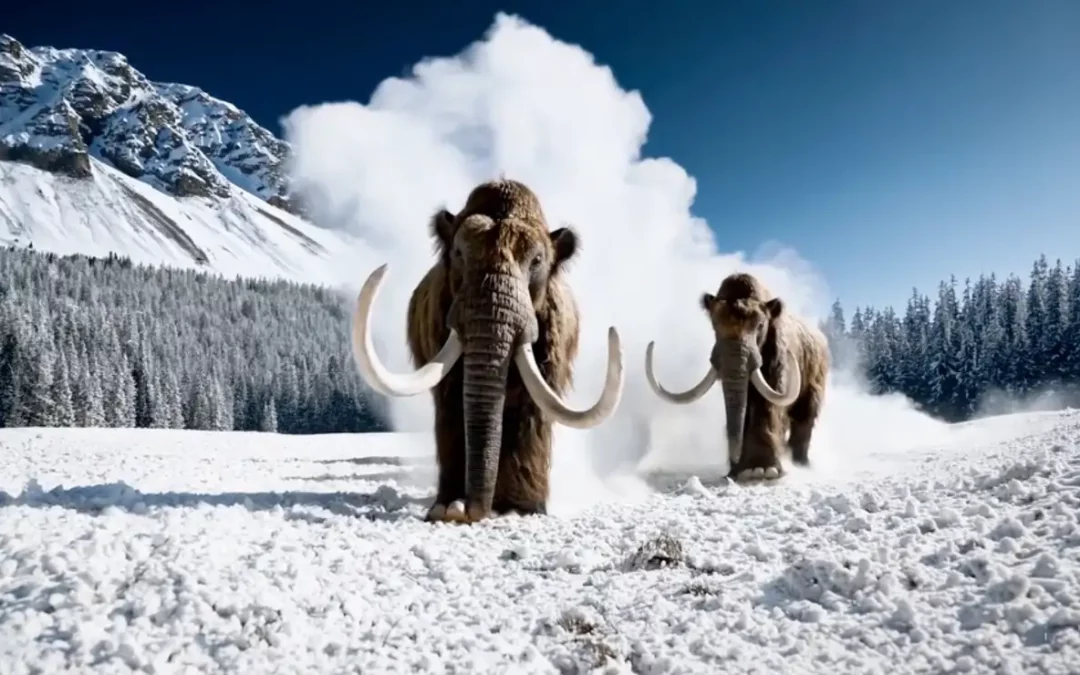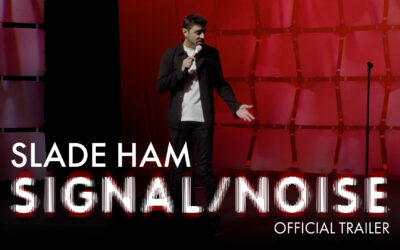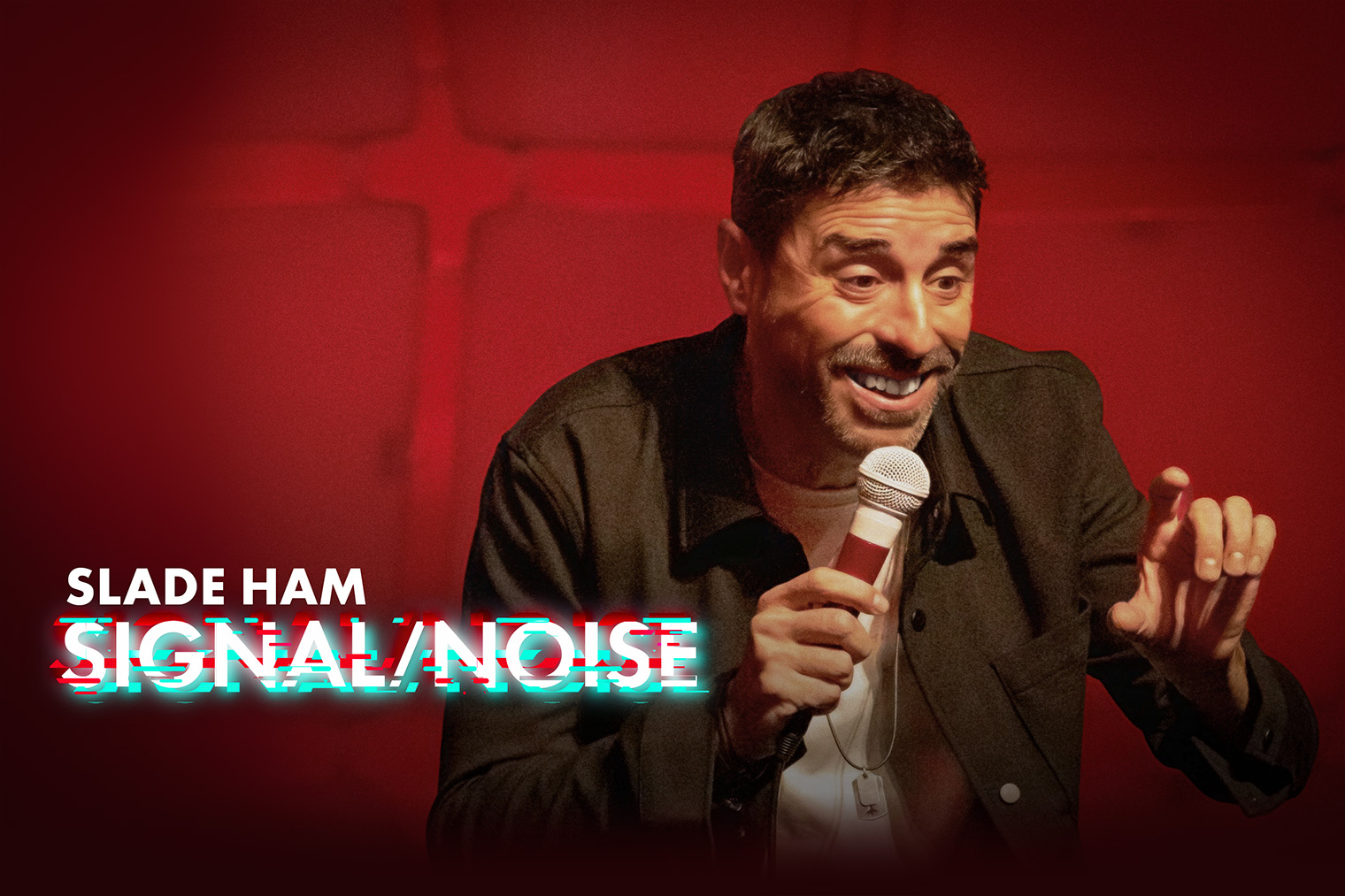There’s a lot of talk about the capabilities of Sora, the AI text-to-film generator.
There’s no escaping that artificial intelligence will play an inevitable role in our entertainment from here forward. As an entertainer I worry about this, though perhaps not as much as my graphic design, fine art, photographer, and filmmaker friends. It has implications in a variety of written mediums as well, from novels to screenplays. My Kindle home page is already full of LLM-written children’s books. Will it master comedy? I’m honestly not sure I am immune from the chopping block.
There are also proponents for the tech who offer a sunnier future. AI will provide tools to shorten the process of all the elements of large, group endeavors like film making. Visual effects that can be accomplished with a simple text prompt are certainly more desirable than months in an expensive FX house waiting for technicians to move wire skeletons keyframe by keyframe.
Unless you are the guy who moves the wire skeleton.
For the artist who only knows the one brush, the single technique, the limited skill, the future will be difficult. It is entirely possible that every individual skill will be replaced by a more efficient AI version.
But if you are a storyteller, intent on delivering the final tale, you should be safe. It is the ability to combine all these tools and techniques in a way that resonates with an audience that makes true artists great.
With the advent of these tools will come a lot of bad art. AI voiceovers and editing software has already proven that. Better cameras and cheaper microphones have made everyone from your barista to your mother a “content creator.” If we are smart, we will never wear that label. We will remain comedians, and film makers, and authors, poets.
Because you can’t replace the artist’s life experience. It is having lived through so many challenges and organizing all the heartbreak and triumph that gives us our stories in the first place. It’s what allows us to swim in the heads of our favorite characters. To hurt when they hurt. To cheer when they win.
The audience doesn’t know what it wants, I don’t think. Where is the most content coming out the fastest? What can numb the doldrums of everyday stress and existence? How about a never-ending avalanche of quick-cut, slightly-satisfying, just-clever-enough, things to watch? That’ll work.
Except it doesn’t. It’s people making things they don’t want to make for people who don’t really want to watch them. Nobody enjoys making a short film every time they put on makeup or go out to eat. That bubble will pop.
There’s a reason everyone you know who’s chasing dollars and Likes is stressed and unhappy. It’s because there’s something real beneath it all clamoring to get out. Something that’s been locked away, malnourished and neglected.
The key is to figure out what that thing is, to craft it with passion, and to trust the inherent human craving for authenticity. They may not know why, but they do know the difference.
Tell a story that only a human can and the rest will take care of itself.



